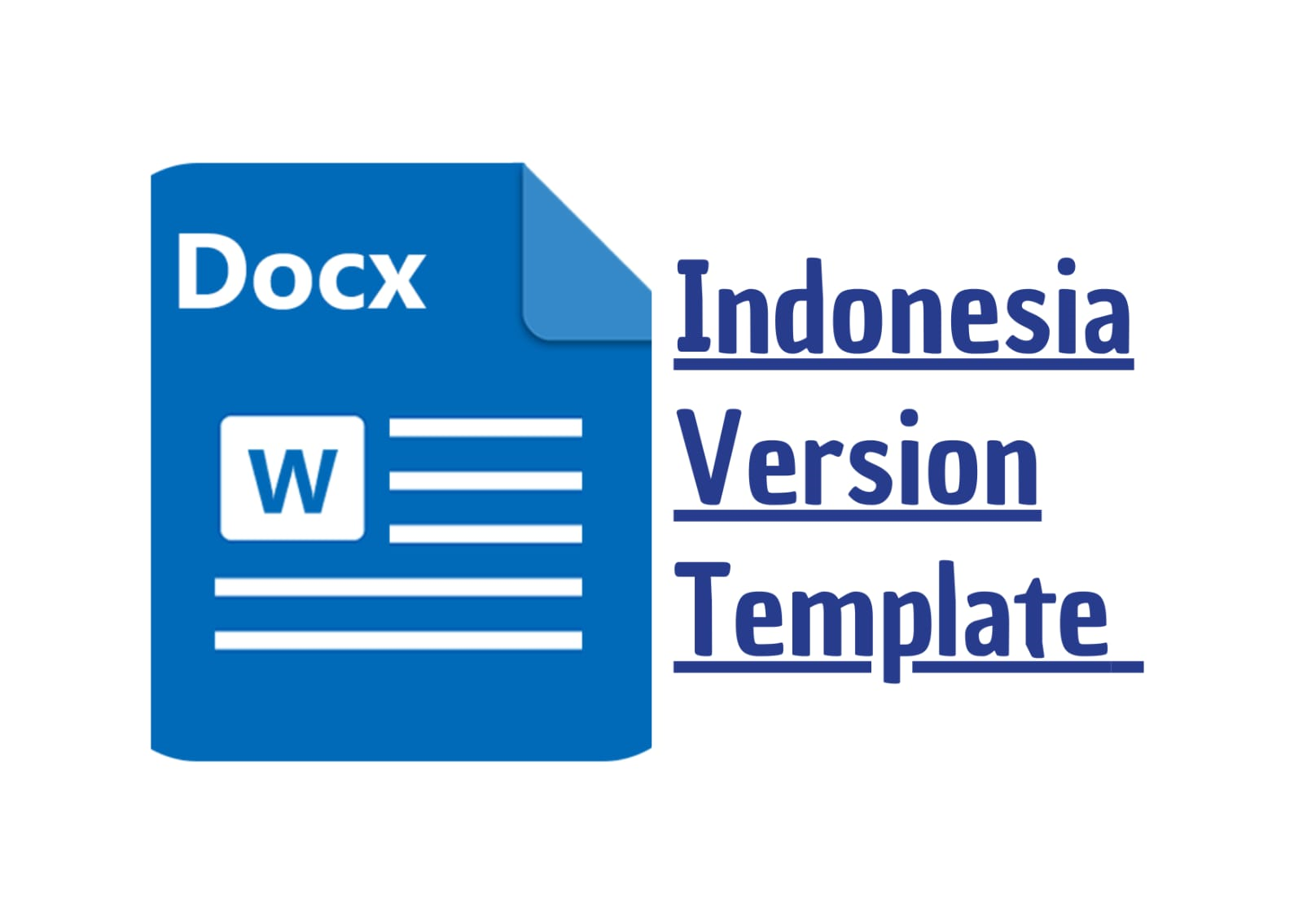Pengembangan Soal Setara TIMSS untuk Mengukur Kemampuan Penalaran Matematika Siswa dalam Konten Geometri
DOI:
https://doi.org/10.56799/jim.v3i9.4704Keywords:
Mathematical Reasoning, TIMSS Equivalent Questions, Formative Evaluation, GeometryAbstract
This research aims to produce the development of TIMSS equivalent questions to measure students' mathematical reasoning abilities in geometry content that are valid, practical and effective and to describe students' mathematical reasoning abilities in solving TIMSS equivalent questions developed in geometry content. This research is a formative evaluation type of development research with two stages, namely the preliminary stage (preparation stage) and the prototyping stage using a formative evaluation flow consisting of self evaluation, prototyping (expert reviews, one-to-one and small group), and field test. The instruments used were a description test with 7 questions, a response questionnaire from students, teachers and lecturers. The results of this research indicate that TIMSS-equivalent questions have been successfully developed to measure students' mathematical reasoning abilities in quality geometry content as seen from: (1) Validation by experts was declared valid because the three validators stated "The questions can be used with revisions" and validity calculations used Microsoft Excel declared valid.; (2) The practicality of the TIMSS equivalent questions developed in geometry content was categorized as sufficient and the average positive response from students was 89.2%; (3) The effectiveness of developing TIMSS equivalent questions to measure students' mathematical reasoning abilities in geometry content is considered "effective" with an average of 82%; (4) The mathematical reasoning ability of class VIII students at SMP Negeri 11 Medan in developing TIMSS equivalent questions was obtained by 12 students being poor, 16 students being adequate, 8 students being good and 0 students being very good in the sufficient category.
Downloads
References
Abidin, Y., Mulyati, T. & Yunansah, H. (2018). Pembelajaran Literasi Strategi Meningkatkan Kemampuan Literasi Matematika, Sains, Membaca, dan Menulis. Jakarta: Bumi Aksara.
Agustina, I. (2019). Pentingnya berpikir kritis dalam pembelajaran matematika di era revolusi industri 4.0. Jurnal Pendidikan Indonesia, 8, 1-9.
Akuba, S. F., Purnamasari, D., & Firdaus, R. (2020). Pengaruh Kemampuan Penalaran, Efikasi Diri dan Kemampuan Memecahkan Masalah Terhadap Penguasaan Konsep Matematika. JNPM (Jurnal Nasional Pendidikan Matematika), 4(1), 44-60.
Arikunto, S. (2013). Prosedur Penelitian Suatu Pendekatan Praktik. Edisi Revisi. Jakarta: PT. Rineka Cipta
Asfar, A.M.I.T., Ahmad, M. A. & Gani, H. A. (2021). Model Pembelajaran Connecting, Extending, Review Tiga Fase Efektif Optimalkan Kemampuan Penalaran. Bandung: CV. Media Sains Indonesia.
Basuki, I & Hariyanto. (2014). Asesmen Pembelajaran. Bandung: PT Remaja Rosdakarya.
Hadi, S., & Novaliyosi, N. (2019, November). TIMSS Indonesia (Trends in international mathematics and science study). In Prosiding Seminar Nasional & Call For Papers.
Hamimi, L., Zamharirah, R., & Rusydy, R. (2020). Analisis butir soal ujian Matematika kelas VII semester ganjil tahun pelajaran 2017/2018. Mathema: Jurnal Pendidikan Matematika, 2(1), 57-66.
Hawa, S. (2020). Generasi Hebat Matematika Generasi Matematika. Jawa Tengah: PT. Nasya Expanding Management.
Hendriana, H & Utari S. (2016). Penilaian Pembelajaran Matematika. Bandung: PT Refika Aditama.
Isroaty, A. (2019). Analisis Soal dalam Buku Siswa Matematika Kelas VII Kurikulum 2013 (Edisi Revisi 2017) Berdasarkan Trends in International Mathematics and Science Study (TIMSS) (Doctoral dissertation, Universitas Islam Negeri Kiai Haji Achmad Siddiq Jember).
Downloads
Published
How to Cite
Issue
Section
License
Copyright (c) 2024 Hafizhah Hafizhah, Zul Amry

This work is licensed under a Creative Commons Attribution-ShareAlike 4.0 International License.




















